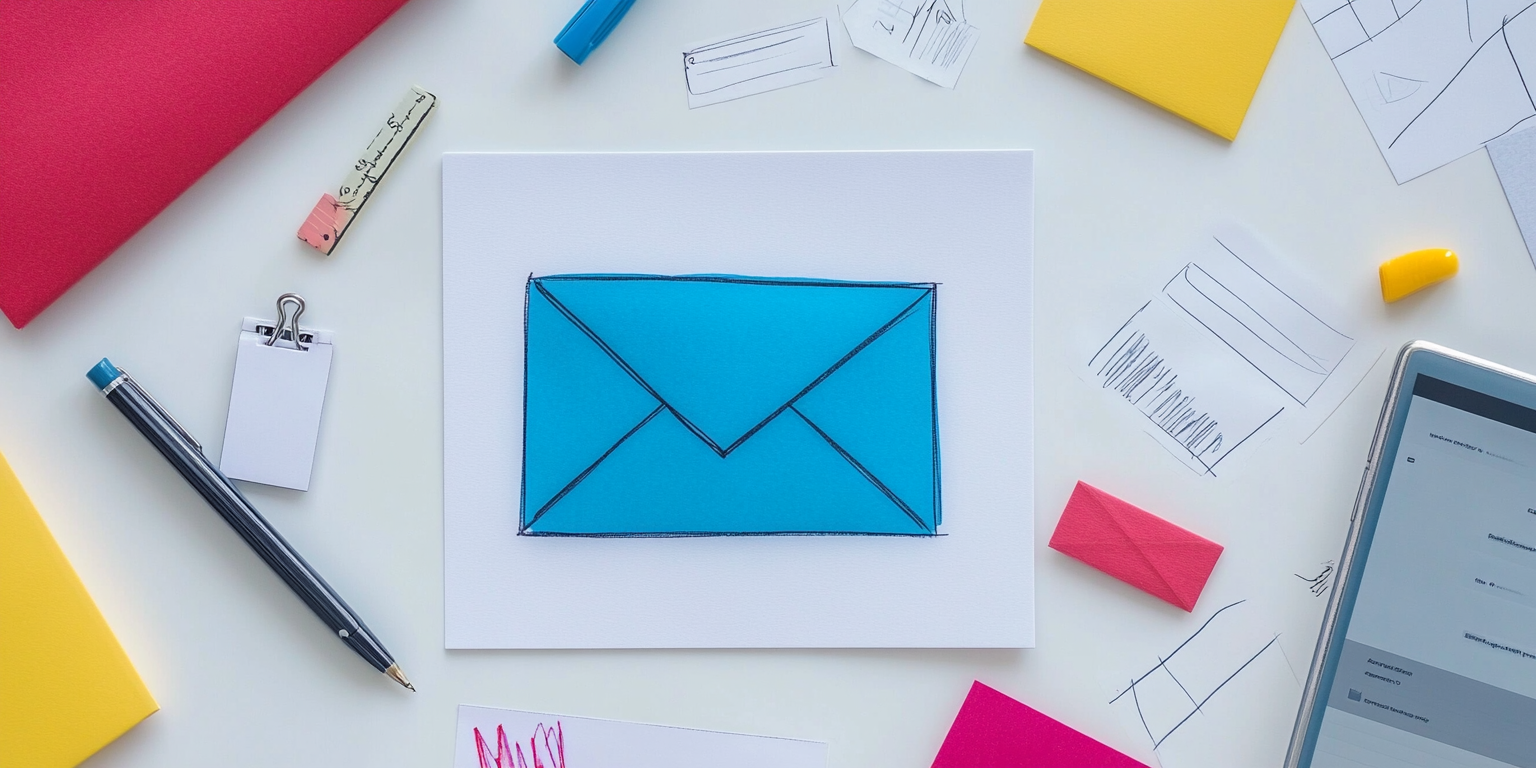As technology continues to evolve, the boundaries of user experience (UX) design are being pushed…

Email marketing remains one of the most effective tools for businesses to communicate directly with their audience. With an average ROI of $36 for every $1 spent, crafting a well-designed email campaign isn’t just an option—it’s essential. A strong email design can engage readers, drive conversions, and build long-term customer relationships.
This guide provides expert insights into creating compelling email campaigns, from understanding the essentials of email design to exploring the latest trends and best practices.
Why Email Design Matters
Before diving into the how-to, let’s consider why email design is critical:
- First Impressions Count
A well-designed email grabs attention immediately and encourages readers to keep scrolling. - Enhances Brand Identity
Consistent design reinforces your brand image and builds trust with your audience. - Improves Engagement
Visually appealing and user-friendly emails are more likely to be read and acted upon. - Drives Conversions
Effective design can guide recipients toward taking the desired action, such as clicking a link or making a purchase.
Key Components of a Well-Designed Email
A successful email campaign combines thoughtful design with clear, engaging content. Here’s what to include:
1. A Strong Subject Line
Your subject line is the first thing recipients see. Make it concise, intriguing, and relevant.
- Keep it under 60 characters.
- Use action-oriented language.
- Personalize when possible (e.g., “John, Here’s 20% Off Just for You!”).
2. A Clear Header
The header sets the tone for your email. Use it to reinforce your brand with a logo, tagline, or key message.
3. Engaging Visuals
- Images: High-quality, relevant images can capture attention and break up text.
- Icons: Use icons to highlight features or direct attention to specific sections.
- Videos: Adding short videos can increase click-through rates by up to 300%.
4. Compelling Copy
- Keep text concise and actionable.
- Use bullet points or subheadings for easy readability.
- Incorporate a clear call-to-action (CTA), such as “Shop Now” or “Learn More.”
5. Mobile-Responsive Design
Over 60% of emails are opened on mobile devices, so ensure your email looks great on smaller screens:
- Use a single-column layout.
- Optimize font size for readability (14–16 px for body text).
- Make buttons large enough to tap easily.
Best Practices for Designing Effective Email Campaigns
1. Prioritize Your Goal
Every email should have a clear purpose, whether it’s to inform, engage, or convert. Define your objective before you start designing.
2. Stick to Your Brand Guidelines
Use consistent colors, fonts, and imagery to ensure brand recognition.
3. Use Hierarchy and White Space
- Place the most important elements (e.g., headline, CTA) at the top.
- Use white space to avoid clutter and guide the reader’s eye.
4. Limit Fonts and Colors
- Stick to 2–3 fonts and a cohesive color palette to maintain a professional look.
- Use contrast to make text and CTAs stand out.
5. Test Before Sending
Preview your email across devices and email clients to ensure it displays correctly.
Trends in Email Design
Staying ahead of design trends helps your campaigns feel modern and relevant. Here are a few trends shaping email marketing today:
1. Interactive Emails
Interactive elements like carousels, collapsible menus, and clickable hotspots engage readers directly within the email.
2. Minimalism
Simple, clean designs with minimal text are becoming more popular as they are easier to digest.
3. Personalization and Dynamic Content
Using data to tailor emails based on user preferences and behaviors enhances relevance and engagement.
4. Dark Mode Compatibility
As more users enable dark mode on their devices, designing emails that look great in both light and dark themes is crucial.
5. Animated GIFs and Micro-Animations
Subtle animations can make your email stand out and draw attention to key elements.
Email Campaign Design Workflow
Here’s a step-by-step process for creating an effective email campaign:
Step 1: Understand Your Audience
Analyze your audience’s preferences, habits, and pain points to craft a message that resonates.
Step 2: Choose the Right Tools
There are many tools to streamline email design, including:
- Canva: For creating visuals.
- Mailchimp or HubSpot: For designing and sending emails.
- Litmus: For testing email compatibility.
Step 3: Sketch Your Layout
Map out your email structure with placeholders for images, text, and CTAs.
Step 4: Write Your Content
Craft a subject line, header, and body text. Focus on clarity and value for the reader.
Step 5: Design the Email
Use your tools to create a polished design, adhering to your brand guidelines and incorporating visual hierarchy.
Step 6: Test Your Email
Send test emails to yourself or your team to check for formatting, typos, and functionality.
Step 7: Launch and Monitor Performance
Send your campaign and track key metrics like open rates, click-through rates, and conversions.
Common Mistakes to Avoid
Even experienced designers can fall into these traps. Here’s what to watch out for:
- Too Much Text
Long-winded emails lose readers. Be concise and focus on one message. - Overloading with Images
While visuals are important, too many can slow load times and overwhelm readers. - Weak or Missing CTA
Ensure every email has a clear and actionable CTA. - Ignoring Accessibility
Use alt text for images, ensure adequate contrast, and avoid relying solely on color to convey meaning. - Skipping Testing
Testing ensures your email looks great across devices and email clients.
Measuring Success
Evaluate the success of your email campaigns by tracking key performance indicators (KPIs):
- Open Rate: Measures how many recipients opened your email.
- Click-Through Rate (CTR): Indicates the percentage of readers who clicked on a link.
- Conversion Rate: Tracks how many recipients completed the desired action.
- Bounce Rate: Shows how many emails were not delivered.
- Unsubscribe Rate: Helps identify if your content is resonating with your audience.
Use these insights to refine your future campaigns.
Conclusion
Designing effective email campaigns requires a blend of creativity, strategy, and technical know-how. By focusing on clear goals, strong visuals, and user-friendly layouts, you can craft emails that captivate your audience and drive results.
As the email marketing landscape evolves, staying informed about trends and best practices will help you remain competitive. Start designing with these tips today and watch your email campaigns achieve greater engagement and success!



